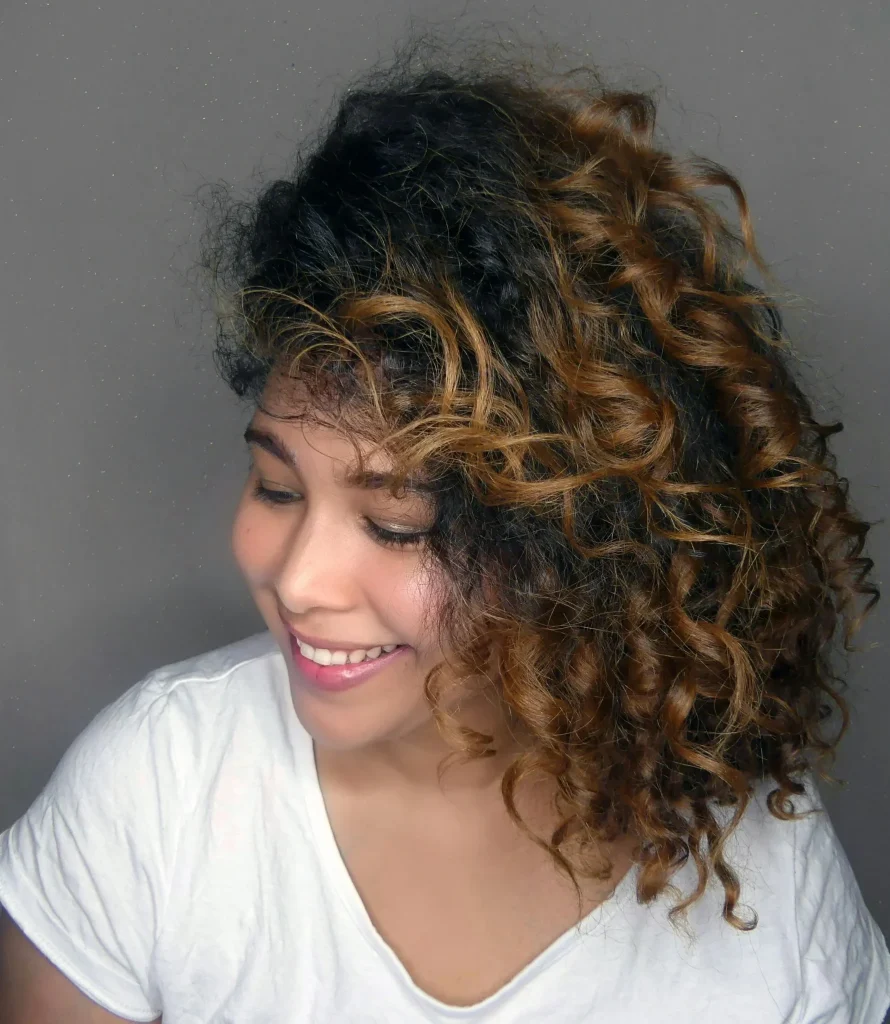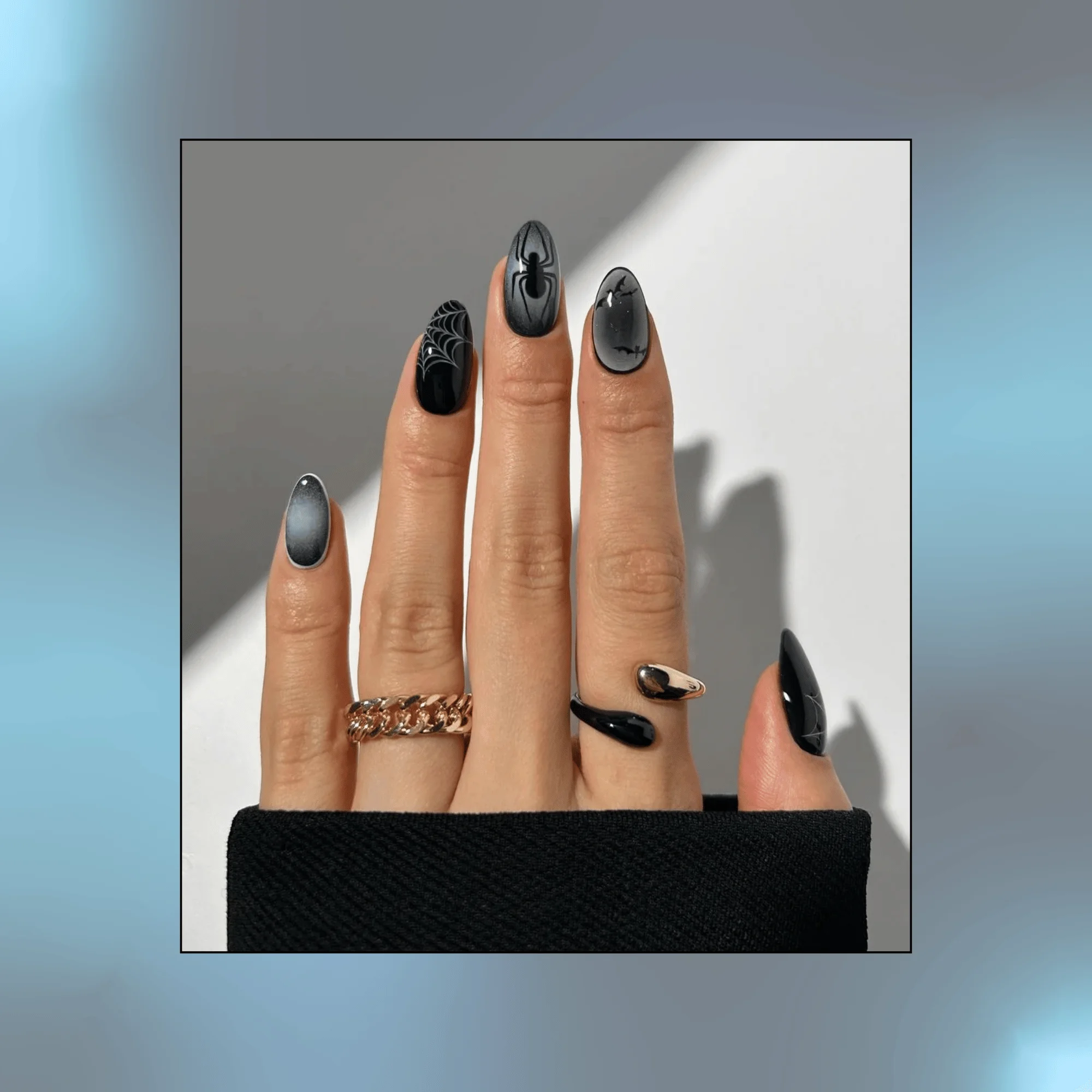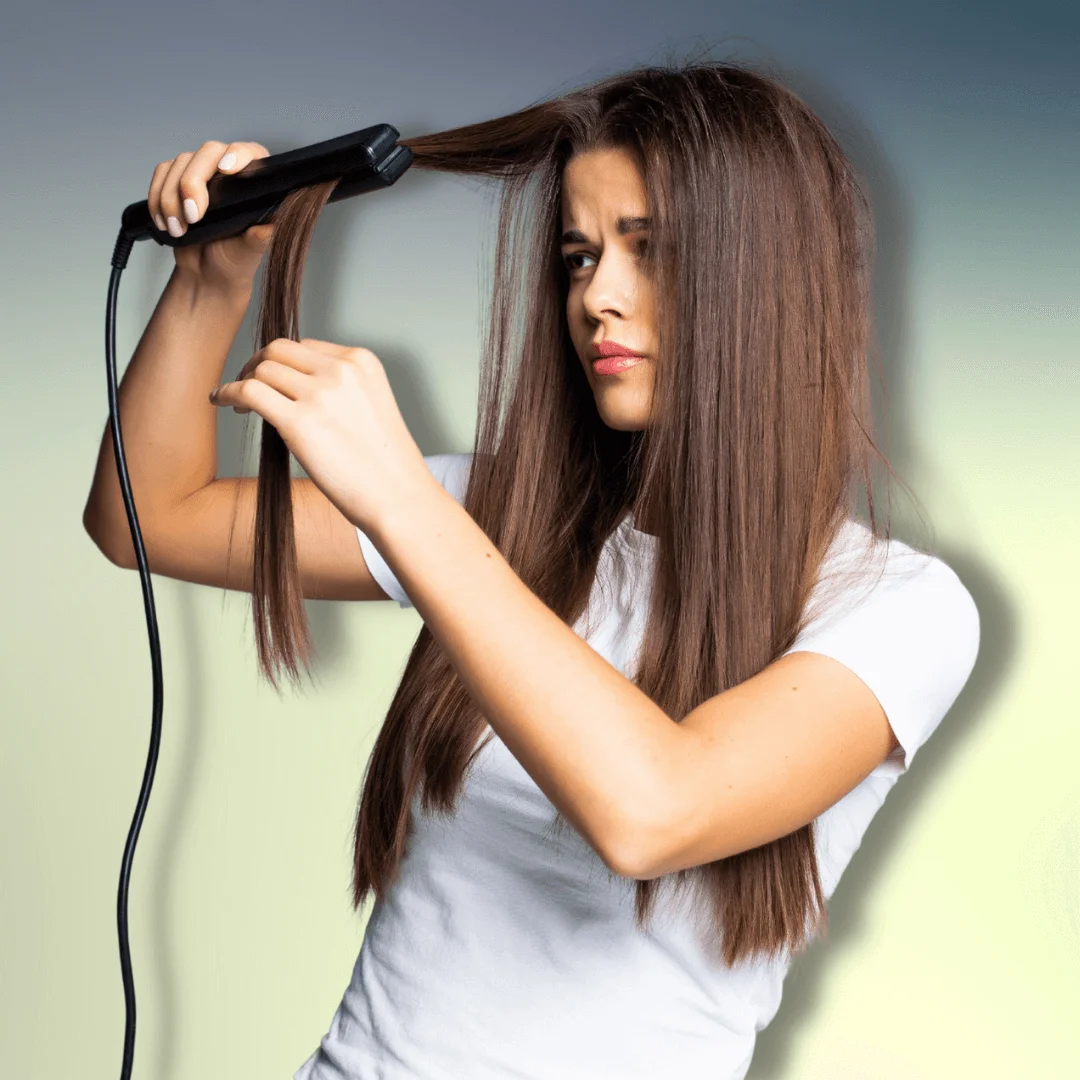If you’ve ever felt like your hair is beautiful but impossibly difficult to deal with – you might be battling with low porosity hair.
Don’t worry, you’re not alone!
As someone who’s experienced these challenges firsthand, I’m here to share what I’ve learned about caring for low porosity hair.
From understanding the science behind it to discovering effective treatments, this guide will help you develop a hair care routine that works.
Let’s dive in and learn how to make your low porosity hair more manageable and healthy.
What Is Low Porosity Hair?

Before we jump into the care tips, let’s break down what low porosity hair actually is.
Think of your hair shaft as a pine cone. If it’s tightly packed together, barely letting anything in or out, that’s low porosity hair for you.
The cuticles of your hair are like overlapping scales, and in low porosity hair, they’re practically hugging each other.
This tight formation means that water, oils, and hair products have a hard time penetrating the hair shaft. It’s like trying to get into an exclusive club without being on the list – not impossible, but definitely a challenge!
Signs You Might Have Low Porosity Hair
Not sure if you’re in the low porosity club? Here are some telltale signs:
- Your hair takes forever to get wet in the shower
- Products tend to sit on top of your hair rather than absorbing
- Your hair is prone to product buildup
- It takes ages for your hair to air-dry
- You often deal with dry hair, even after moisturizing
If you’re nodding along to these points, welcome to the club! Now, let’s get to the good stuff – how to treat your low porosity hair…
10 Game-Changing Care Tips for Low Porosity Hair
- Embrace the Power of Warm Water
Remember how we said low porosity hair is like an exclusive club? Well, warm water is your VIP pass.
When washing your hair, use warm water to open up those tightly packed cuticles. This allows moisture and products to penetrate the hair shaft more easily.
But don’t go overboard with the heat though, extremely hot water can damage your hair and strip it of its natural oils.
- Pre-poo Like a Pro
Pre-pooing is the act of applying oil to your hair before shampooing. This helps to protect your hair from the potentially drying effects of shampoo.
For low porosity hair, lightweight oils are your best friend. Try jojoba oil or grapeseed oil – they absorb easily without weighing down your hair.
- Clarify Regularly
Product buildup is the arch-nemesis of low porosity hair.
All those products that don’t quite penetrate can accumulate over time, leaving your hair feeling heavy and looking dull.
Use a clarifying shampoo once a month to remove this buildup. Think of it as a reset button for your hair. Just be sure to follow up with a deep conditioning treatment to restore moisture.
- Deep Condition with Heat
Deep conditioning is crucial for low porosity hair, but you need to add heat to the equation.
Apply your deep conditioner, then sit under a hooded dryer or use a heat cap for 20-30 minutes.
If you’re feeling fancy (or just don’t have a heat cap), wrap your hair in a warm, damp towel. The heat helps to lift the cuticles, allowing the conditioner to penetrate more deeply.
- Try the ‘Green House Effect’
No, we’re not talking about climate change (though that’s important too!). The Green House Effect is a method of deep conditioning that works wonders for low porosity hair.
Here’s how it works:
- Apply your favourite leave-in conditioner or oil to damp hair
- Cover your hair with a shower cap or plastic bag
- Wrap a warm towel around the cap
- Leave it on overnight
The heat generated by your scalp, combined with the products, creates a mini greenhouse effect that helps to deeply moisturise your hair so you can wake up to softer, more manageable locks!

- Layer Your Products
When it comes to low porosity hair care, think of your products like a delicious hair care sandwich. Start with the lightest, most water-based products and work your way up to the heaviest.
A good routine might look like this:
- Leave-in conditioner
- Lightweight oil
- Cream
- Gel or styling product
This layering technique helps to lock in moisture and ensures that each product has the best chance of being absorbed.
- Embrace Protein-Free Products
While protein can be great for some hair types, low porosity hair often doesn’t need much additional protein.
In fact, too much protein can leave your hair feeling dry and brittle. Instead, look for moisturising, protein-free products to keep your hair hydrated without overloading it.
- Steam It Up
Remember how warm water helps to open up your hair cuticles? Well, steaming takes that concept to the next level.
Invest in a hair steamer or create your own steam treatment at home. Apply your favourite deep conditioner, then sit in a steamy bathroom for 20-30 minutes. Your hair will drink up the moisture like a sponge absorbing water.
- Be Patient with Air Drying
Low porosity hair takes its sweet time to dry. While it can be tempting to reach for the blow dryer, try to embrace air drying when you can.
Heat styling tools can be harsh on your hair, leading to damage and dryness over time.
If you must use heat, always use a heat protectant and keep the temperature on the lower side. Think of it like sunscreen for your hair – a little extra step that goes a long way in protection.
- Don’t Overdo It
When it comes to low porosity hair care, less is often more.
It’s easy to fall into the trap of thinking that if a little product is good, a lot must be better. But too many products can overwhelm low porosity hair.
Use products sparingly and focus on techniques that help your hair absorb moisture. Quality over quantity is the name of the game here.
Creating Your Low Porosity Hair Care Routine
Now that we’ve covered the tips for taking care of low porosity hair, let’s put it all together into a hair care routine.
- Start with a clarifying shampoo once a month to remove buildup.
- On regular wash days, use warm water and a sulphate-free shampoo.
- Apply a deep conditioner and use heat for 20-30 minutes.
- Rinse with cool water to seal the cuticles.
- Apply a leave-in conditioner to damp hair.
- Layer on a lightweight oil and cream.
- Style as desired, using minimal heat.
- Allow your hair to air dry when possible.
Remember, consistency is key. Your hair didn’t become low porosity overnight, and it won’t transform overnight either.
Be patient and give your new routine a little time to work its magic.




